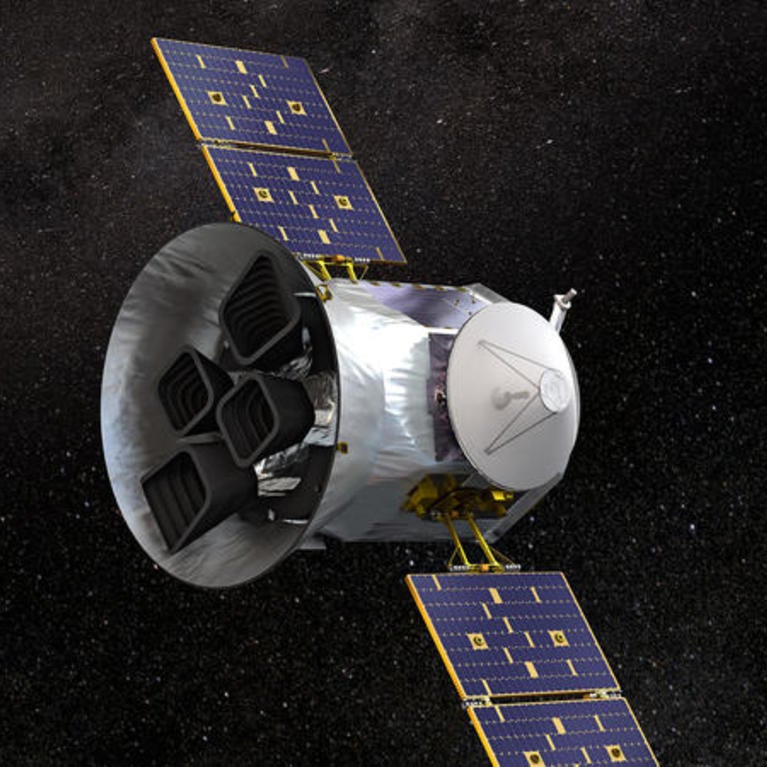
Surprising number of exoplanets could host life
Our solar system has one habitable planet — Earth. A new study shows other stars could have as many as seven Earth-like planets in the absence of a gas giant like Jupiter. This is the conclusion of a study led by UC Riverside astrobiologist Stephen Kane published this week in the Astronomical Journal. The search...
By Jules Bernstein | UCR News |

Newly discovered planet zips around baby star in a week
Understanding how planets form is one of the main challenges scientists face when placing our own and other planetary systems in context. Planets are thought to form from the disk-shaped clouds of gas and dust that surround newborn stars, but this process has never been observed. Astronomers normally only observe planets after they have already...
By Holly Ober | UCR News |

Scientists develop new method to detect oxygen on exoplanets
Scientists have developed a new method for detecting oxygen in exoplanet atmospheres that may accelerate the search for life. One possible indication of life, or biosignature, is the presence of oxygen in an exoplanet’s atmosphere. Oxygen is generated by life on Earth when organisms such as plants, algae, and cyanobacteria use photosynthesis to convert sunlight...
By Jules Bernstein | UCR News |

NASA’s TESS mission finds ‘missing link’ planets
NASA’s newest planet-hunting satellite has discovered a type of planet missing from our own solar system. Launched in 2018, the Transiting Exoplanet Survey Satellite, or TESS, has found three new worlds around a neighboring star. Stephen Kane, a UC Riverside associate professor of planetary astrophysics, says the new star system, called TESS Object of Interest...
By Jules Bernstein | UCR News |

Omega centauri unlikely to harbor life
Searching for life in the vast universe is an overwhelming task, but scientists can cross one place off their list. Omega Centauri — a densely packed cluster of stars in our galactic backyard — is unlikely to be home to habitable planets, according to a study by scientists at the University of California, Riverside, and...
By Sarah Nightingale | UCR News |

UCR team among scientists developing guidebook for finding life beyond earth
If you’re looking for a manual on the hunt for alien life, you’re in luck. Some of the leading experts in the field, including a UC Riverside team of researchers, have written a major series of review papers on the past, present, and future of the search for life on other planets. Published in Astrobiology...
By Sarah Nightingale | UCR News |

UC Riverside astrophysicist part of TESS planet finder team
NASA’s Transiting Exoplanet Survey Satellite (TESS) launched on April 18 from Florida’s Cape Canaveral Air Force Station, rising off the pad aboard a SpaceX Falcon 9 rocket at 3:51 p.m. PDT and deploying into Earth’s orbit 49 minutes later. Stephen Kane, an associate professor of planetary astrophysics at UC Riverside and a Guest Investigator on...
By Sarah Nightingale | UCR News |
Let us help you with your search